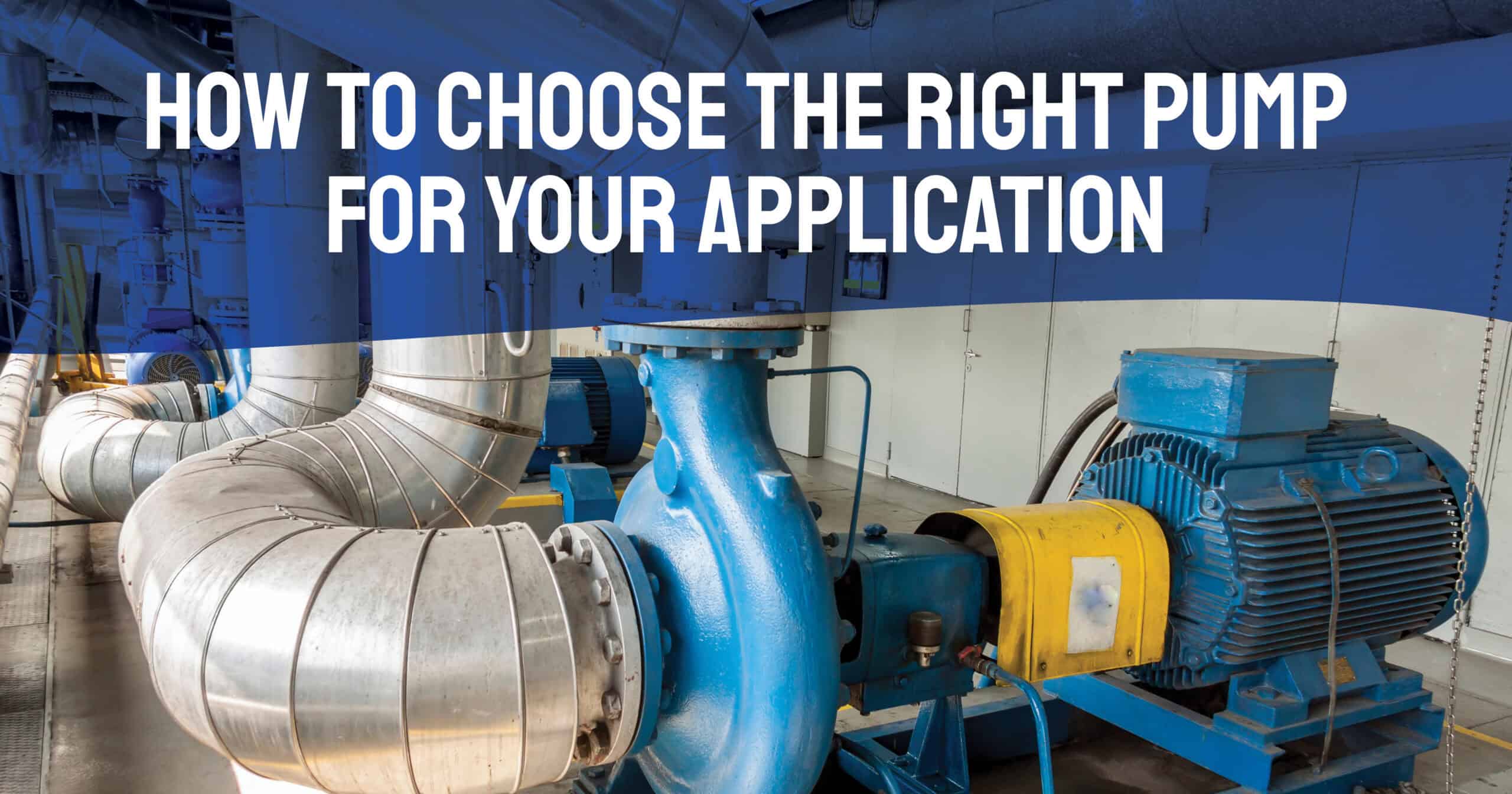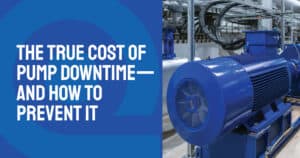Choosing the right pump is a critical decision that can significantly affect the performance, reliability, and cost-efficiency of your operation. With countless pump types, configurations, and materials available, it’s essential to consider a variety of factors to ensure optimal results. At DXP Quadna, we help customers across industries make informed decisions based on their specific application needs, operating environment, and fluid characteristics. Here are some of the most important considerations to guide your pump selection process.
Understand the Application Requirements
The first step to select the best pump is defining your application. What is the pump’s purpose? Transfer, circulation, dosing, dewatering, or chemical injection? The intended function influences the pump type, such as centrifugal, positive displacement, diaphragm, peristaltic, or gear pump. For example, high-viscosity fluids or metered dosing applications typically require positive displacement pumps, while centrifugal pumps are ideal for high-volume, low-viscosity transfer jobs.
Also, evaluate duty cycle and flow requirements. Is the pump running continuously or intermittently? Does it need to handle variable flow or pressure conditions? Matching the pump’s performance curve to your system requirements is essential for efficiency and longevity.
Consider the Industry and Regulatory Requirements
Each industry presents unique challenges. Food and beverage applications demand sanitary pumps that meet strict hygiene standards like 3A or FDA compliance. Chemical processing often involves corrosive or hazardous materials that require specialized materials and sealing systems. In the oil and gas sector, explosion-proof motors or API-compliant designs may be necessary. Understanding your industry’s standards and codes is essential to ensure compliance and safe operation.
Evaluate the Fluid Characteristics
Knowing what you’re pumping is just as important as knowing where and why. Factors such as viscosity, abrasiveness, temperature, pH, and solids content all impact pump selection.
For abrasive slurries or fluids with suspended solids, a recessed impeller or slurry pump may be required to minimize wear. Corrosive chemicals may demand chemically resistant materials like Hastelloy or Teflon-lined components. High-temperature fluids may require cooling jackets or thermal protection. Incompatible pump materials can lead to rapid degradation and failure, so precise chemical compatibility is critical.
Assess the Operating Environment
Pumps don’t operate in a vacuum—they’re subject to the demands of their physical environment. Is the pump located indoors or outdoors? Will it be exposed to extreme heat, cold, dust, or moisture? Does it require explosion-proof enclosures or NEMA-rated motors?
Environmental conditions influence everything from motor selection and seal design to enclosure ratings and lubrication systems. A pump that performs well in a controlled indoor facility might fail prematurely in a rugged, remote location without proper safeguards.
Partner with a Trusted Pump Expert
With so many variables to consider, work with a partner who understands the complexities of pump applications across multiple industries. At DXP Quadna, we specialize in custom pump configuration, material selection, and system integration. Our experts take the time to understand your application and recommend the most reliable, efficient, and cost-effective solution—backed by decades of hands-on experience.
Ready to select the best pump for your job? Contact DXP Quadna today for expert guidance, personalized support, and reliable equipment built for your toughest challenges.





